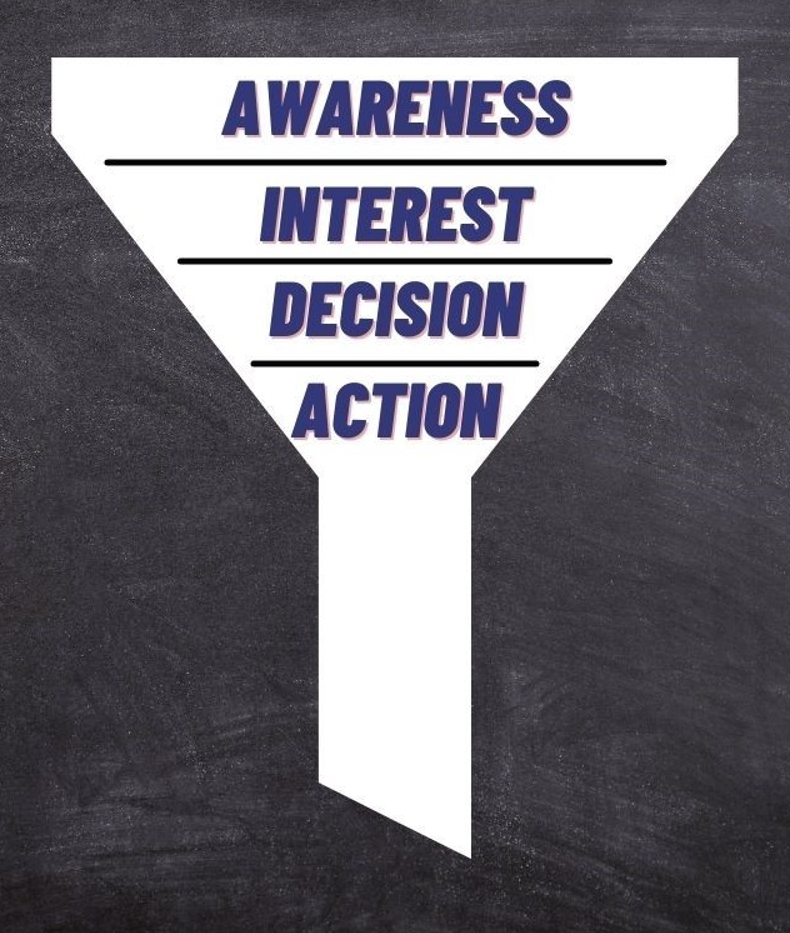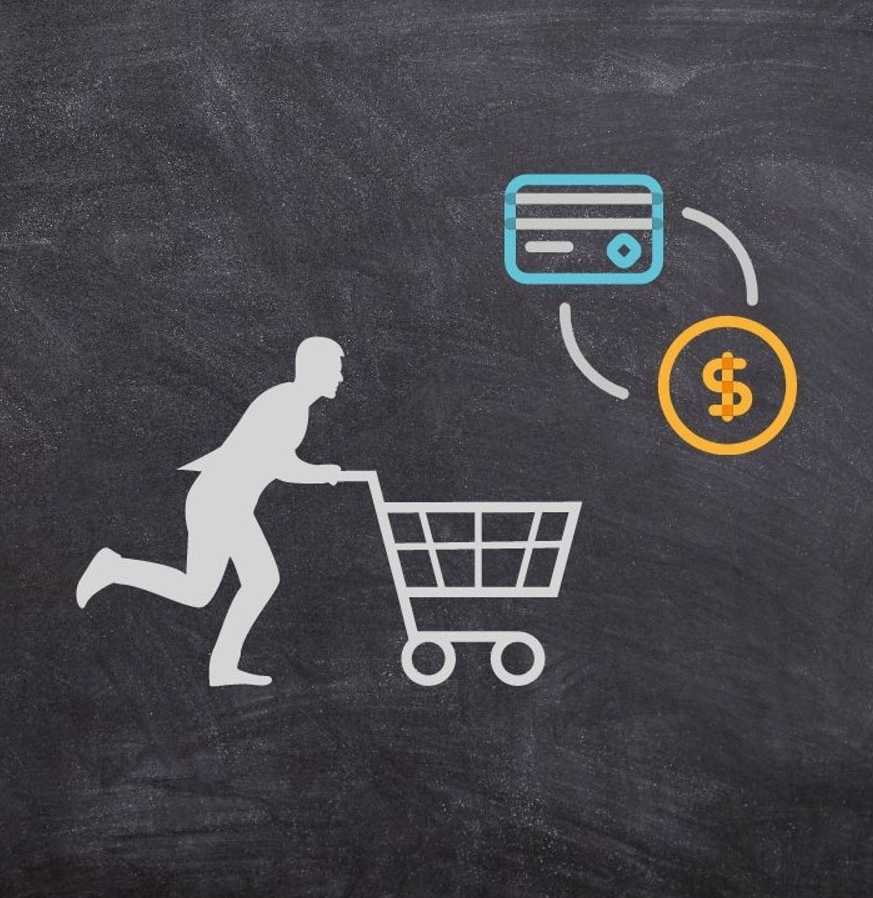Sales funnel is a journey your customers go through before they are ready to buy your product or service. You are supposed to guide your potential customers through the different stages of the sales funnel until they are ready to make a purchase.
What is the Sales Funnel?
Every customer knowingly or unknowingly goes through some sort of sales process. This process is called a sales funnel.
The Sales Funnel is a visualization of several stages of the sales process. It maps the journey from the first contact with a potential customer to the first purchase. Some models go beyond and map also journey of becoming a loyal customer (they contain Reevaluation Phase and Repurchase Phase).
The Sales funnel originated as a response to the fact that only very few people make a purchase during their first visit to a website. Your task is to lead them through the steps of a sales funnel in order to increase the chances of a purchase.
If you want to be successful you should aim to increase the quality of your website: every website should be fast, easy to navigate, and provide customers with relevant information.
Stages of the Sales Funnel
In order to transform visitors of your webpage into customers, you should lead them through these stages:
Stage 1: Awareness
Stage 2: Interest
Stage 3: Decision
Stage 4: Action
Why is it Called the ‘Funnel’?
In this case, the funnel is an apt analogy because it visualizes that a lot of people begin with the first stages but only a few of them make it to the last purchase stage.

Awareness (Attention)
The first stage is called awareness. In this stage, a potential customer becomes aware of your brand for the first time. This first contact can be realized through various traffic sources:
- Organic search
- Advertisement
- Social media posts
- Word of mouth…
In the awareness stage potential customers might also become aware of their problems and you can offer them solutions to their problems.
If they found your offer interesting and valuable they move to the second stage.
Interest
At this stage prospects have learned about your brand, showed interest and they want to learn more. They also understand their problem, but they’re still not ready to buy. They’re evaluating your offer and looking for the best possible solutions for them.
This is where you need to persuade them that your solution is worth it (you have to focus on explaining to them, why they should buy from you, what advantages you have in comparison with the competitors, or any other added value you offer).
Decision (Desire)
At this stage of the sales funnel your potential customers are ready to buy. They have already learned everything about their problem, potential solutions to it, and about your product.
Potential customers are now ready to buy, but they still might be considering other available options (your competitors).
It’s important to pay special attention to this stage and make your best offers. Sometimes even small details like discounts, gifts, free trials, or free shipping can help you to drive sales.
Action
The final (and the most rewarding) stage is when customers make an action (purchase). At this stage, customers buy your products or services.
Anyways you don’t need to stop here. It’s a good idea to encourage your customers to leave feedback. And when customers are satisfied with their purchase you should make an effort to turn them into repeat customers.
Don’t forget to create a Lookalike Audience and reach more potential customers. For this, you can use the help of Facebook integration to CDP (customer data platform).

How to Use CDP in a Sales Funnel?
A customer data platform (CDP) is software that collects data and creates a database of your customers. Data are collected from multiple sources (from websites, mobile applications, emails, and CRMs).
CDPs collect data throughout the entire customer journey so you can create more personalized marketing campaigns for each stage of the sales funnel.
A customer data platform enables personalization and segmentation, provides analytics, you can also manage customer engagement and marketing campaigns.
CDPs are able to collect huge amounts of data and are adapted for integrations. According to that data, they can provide information such as:
- What products and categories customers showed interest in
- How likely they are to buy
- If they are returning to your page and which pages they visited
- Abandoned shopping baskets
- Their preferred channels
CPDs can also tell you the stage in the customer journey. With all this information it gets easier to set marketing strategies and improve conversion rates on every channel.


2 thoughts on “Sales Funnel: Stages and Use of CDP in a Sales Funnel”